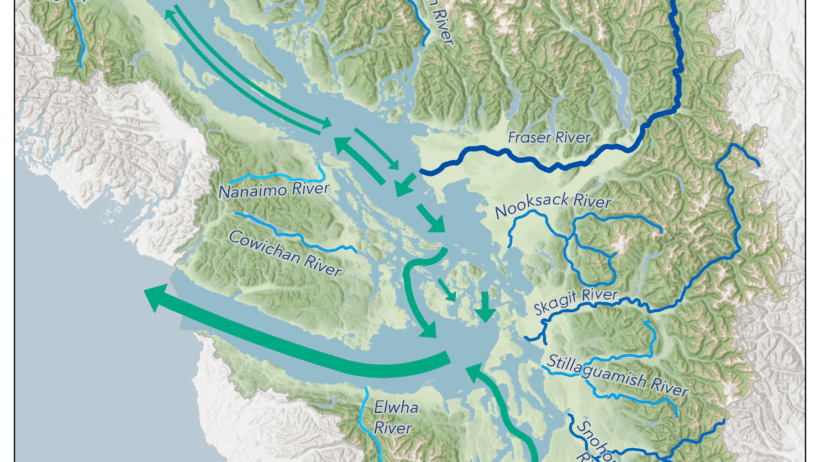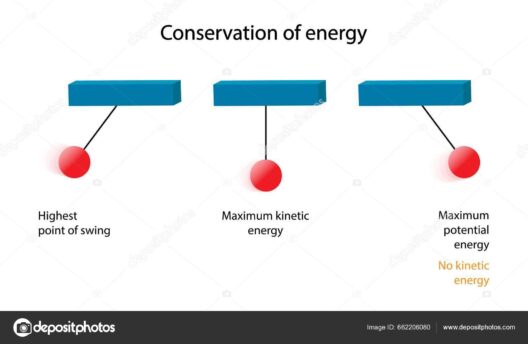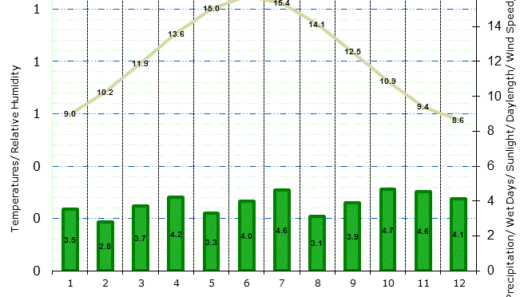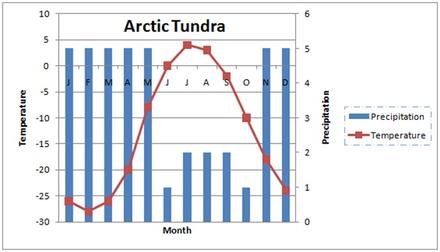The Earth’s oceans, often perceived as vast and featureless, are in fact teeming with complex systems that significantly influence our climate. Among these systems are the ocean currents, which can be likened to rivers flowing through the water. These currents are driven by a variety of forces, including wind patterns, temperature gradients, and salinity variations. Have you ever pondered how these unseen river-like currents might be impacting the weather in your hometown?
Ocean currents are essential for regulating the planet’s climate. They transport warm and cold water across vast distances, which in turn affects atmospheric conditions. When warm water from the tropics flows northward, it can raise temperatures in regions far removed from equatorial latitudes. Conversely, cold currents can cool regions that would otherwise be much warmer. The interplay between these currents and the atmosphere creates a delicate balance that sustains ecosystems, influences precipitation patterns, and even shapes the world’s weather systems.
Imagine a scenario where these currents undergo a drastic change—be it through alteration of wind patterns due to climate change or shifts in temperature due to global warming. What kind of weather challenges could arise from such a transformation? Increased storm intensity, shifts in rainfall patterns, and altered growing seasons are just the beginning of the potential ramifications. Aside from these immediate concerns, the long-term implications could devastate food security and biodiversity on a global scale. The ocean, indeed, serves as a barometer for the health of our planet.
The thermohaline circulation plays an integral role within the ocean’s current system. Often referred to as the “global conveyor belt,” this complex system is driven by differences in water density, which is affected by temperature and salinity. Warm surface waters travel towards the poles while cold, dense water sinks and returns to the equator at deeper levels. This monumental circulation significantly influences climate by redistributing solar energy across the globe. An example of this is the Gulf Stream—an ocean current that warms the North Atlantic, moderating temperatures in Western Europe.
Despite its remote nature, the ocean’s salinity also influences global climate. The interaction between saltier and fresher waters affects the density of ocean currents. For instance, melting glaciers and icebergs, which introduce fresh water into the ocean, can disrupt these currents. Less dense, fresher water alters the dynamics of circulation, potentially leading to climatic anomalies. Such disruptions may contribute to extreme weather patterns, including the increase in frequency and intensity of hurricanes and typhoons.
Beyond temperature and salinity, the atmospheric conditions above the ocean play a pivotal role in directing these currents. Wind patterns possess the power to alter ocean surface currents significantly. The trade winds, for example, drive the surface currents towards the west, pushing warm water toward the western Pacific, while creating upwelling regions in the eastern parts of oceans, which brings nutrient-rich water to the surface. This process is not merely a matter of geography; it influences precipitation patterns that sustain agriculture and biodiversity in coastal regions.
Furthermore, ocean currents help to regulate CO2 levels in the atmosphere, acting as carbon sinks. The oceans absorb a significant portion of anthropogenic carbon emissions, which mitigates some of the impacts of climate change. However, with rising ocean temperatures, the ability of oceans to sequester carbon is diminishing, leading to higher atmospheric CO2 levels. This presents an escalating challenge: how can we protect our oceans from further damage, while also recognizing their role in climate regulation?
The aftermath of disrupted ocean currents poses multifaceted challenges. Coral reefs, vulnerable ecosystems dependent on specific temperature ranges, suffer greatly when ocean temperatures rise. The ensuing coral bleaching not only endangers marine life but also impacts tourism and fishing industries. Ocean currents also play a vital role in nutrient transport, meaning that disruptions can lead to phytoplankton die-offs, which serve as the foundation of the marine food web. This reveals an urgent call to action to monitor and mitigate the factors that threaten the stability of our oceans.
Contrastingly, it is within human jurisdiction to effect change. A conscious effort towards reducing carbon footprints, implementing sustainable fishing practices, and protecting fragile marine ecosystems is essential. Investing in renewable energy sources can lessen our reliance on fossil fuels, which are a significant contributor to climate change. Advocacy for marine protected areas can help shield vital habitats from overexploitation, allowing ecosystems to thrive and maintain their vital roles in carbon sequestration.
In summary, the rivers of the sea—our ocean currents—act as essential lifelines that regulate climate, but they are increasingly under threat. Understanding the complexities of these currents and their interplay with ecological and atmospheric conditions is vital. We face a significant challenge: how can we foster a harmonious relationship with the ocean, ensuring its health and, by extension, the health of our planet? Through collective action and commitment to a sustainable future, the potentially dire consequences of climate change can be alleviated, restoring balance to our atmosphere and oceans alike.








